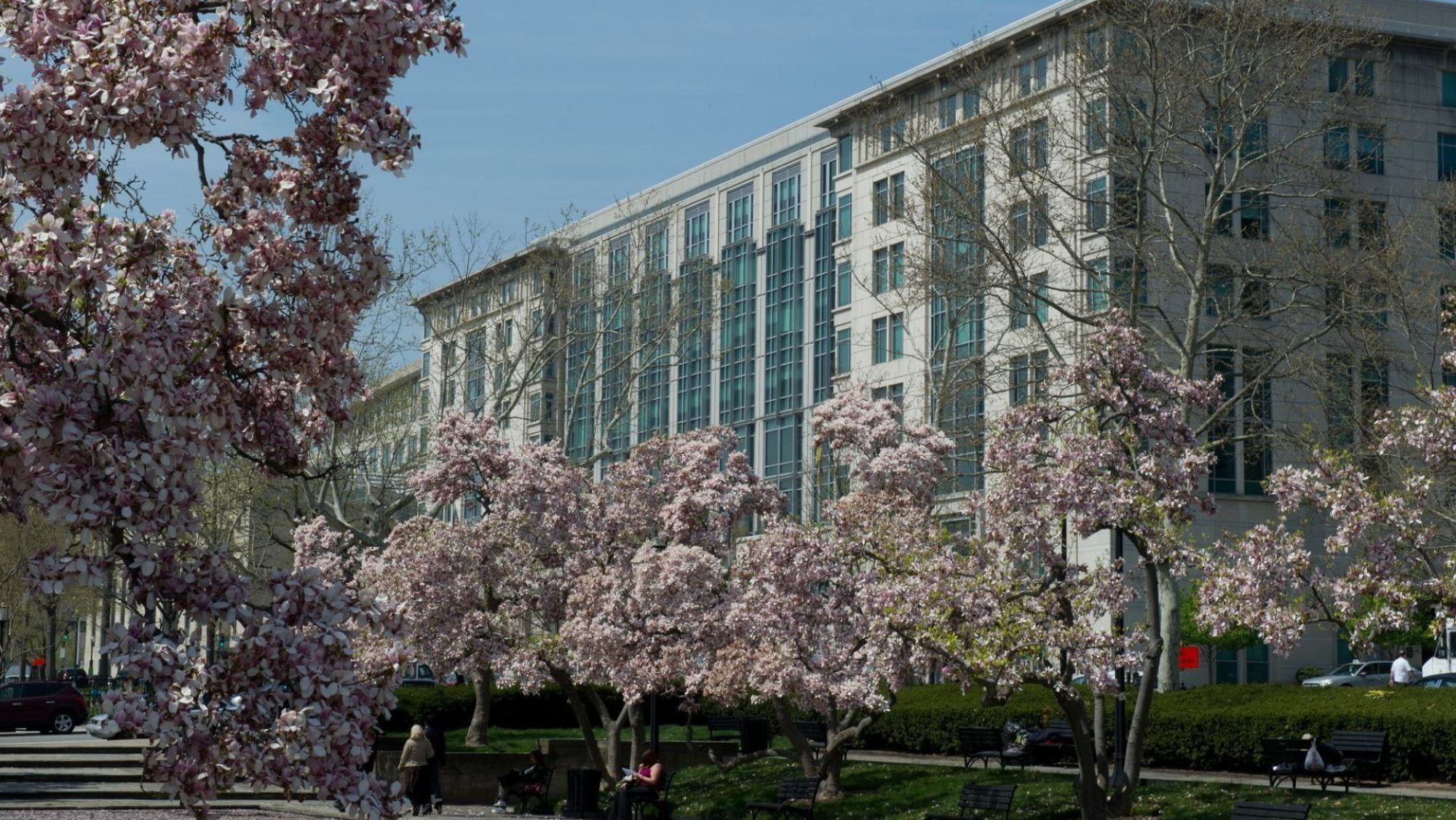Climate politics invite cynicism. The longer I follow them, the more I notice how certain narratives recur: UN officials and environmental advocacy groups declare that this meeting is the final chance to avert catastrophe. Big nations make lofty statements, followed by near-term commitments that are substantially less so. Media profile fiery young activists as “fresh voices”. Pundits write explainers on why some apparently minor variation in wording has become a deal-breaker. Negotiations run to the last minute and usually past it. In the end, whether the negotiations are an inspiring success or a crushing failure will depend on who you ask. It’s exhausting and often baffling.
But climate policy runs on patience and optimism. There is never one moment when everything changes at the international level; but this fact obscures how much continuous change has built up over time. Enormous innovation has occurred since the early rounds of climate negotiation in the 1990s: renewable energy has gone from exotic to affordable; electric vehicles are everywhere; and battery “giga-factories” are the new crown jewel for a manufacturing economy. Changes at the political level have been equally profound: nations that had to be coaxed in the 1997 Kyoto negotiations to make emissions reduction commitments of even a few percentage points are now talking about when they could achieve net-zero, while China has become a renewable energy superpower. I would challenge observers of this year’s talks to think about climate negotiations not as bounded, make-or-break openings, but as especially salient moments in a process that is playing out continuously. Climate change is a long-term global problem; but its solutions happen year by year at the level of cities, businesses, farms, and households. Those actions aggregate up, slowly shaping over time what is possible in international negotiations. In turn, negotiations codify what we have accomplished and reflect back signals to countries, cities, and citizens. What we should ask when we watch a round of climate negotiation is not whether we arrived at a comprehensive solution, but rather whether we made the most of what chances it offers to coordinate, support, and accelerate the myriad actions that are already occurring and will continue to occur at every level.
Nina Kelsey
Assistant Professor of Public Policy and International Affairs
